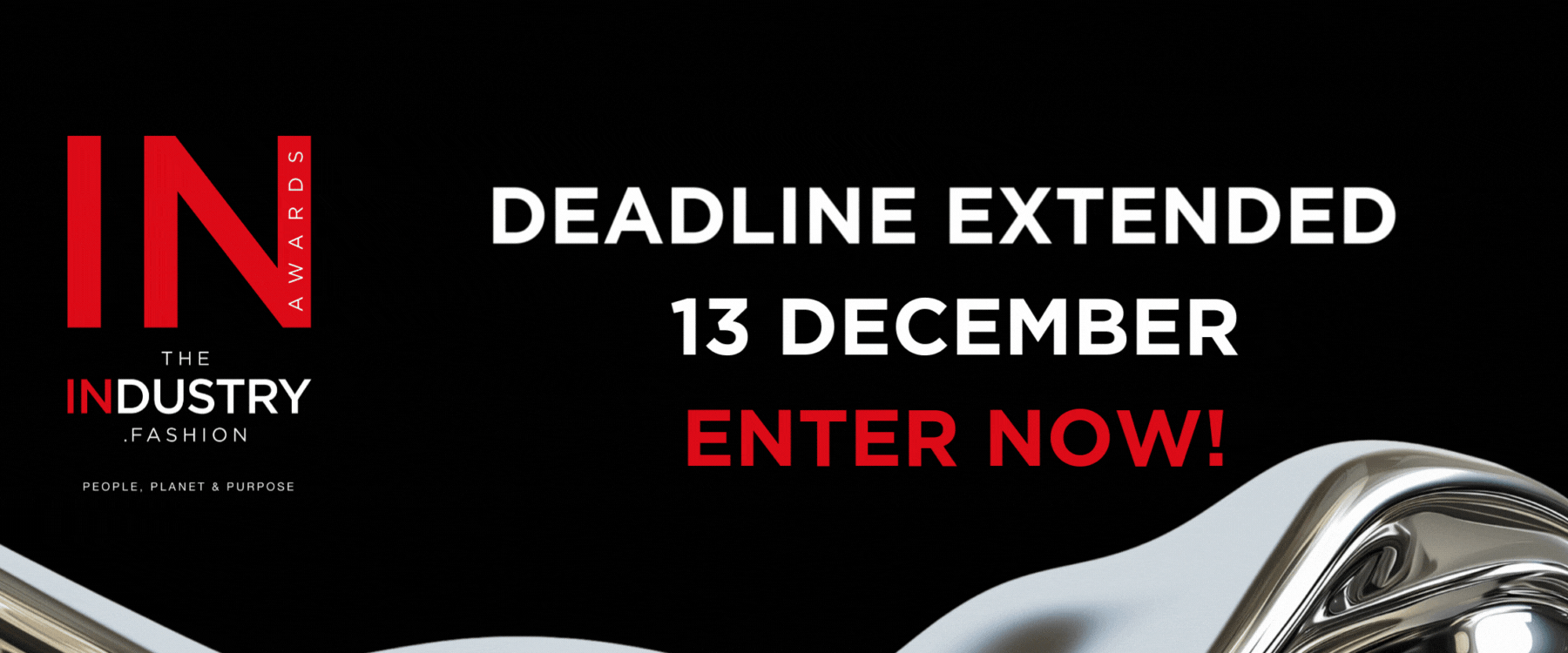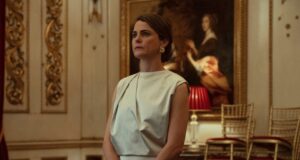Collab fatigue has been with us for many years and yet it keeps on coming. All different, it is hard to generalise the high-street designer collab, but are they worth the extra time, work and effort for the host brand? Is there enough financial return on a blink-and-you’ll-miss-it collection? Or are the high-street brands just happy for them to continue as a PR/brand awareness exercise, hoping to get bodies in-store and online to buy more?
But, what if the designer collab was bigger than a blip and the collab became the entire brand and thus we came full circle? It feels remarkably obvious. The designer collab gets reversed into the affordable brand and the designer oversees everything.
For the designer, they are given the stability of a big brand, the resources to think big and concentrate on designing rather than smaller layers of production and branding. They can understand the economies of scale while taking their ideas to the masses. Consumers get a slicker design offering that feels elevated with the confidence it is overseen by a design professional.
The idea was wishful thinking on the announcement of H&M’s latest Autumn 2025 designer collection with designer Glenn Martens. Belgium-born Glenn Martens is a huge influence in fashion and, since leaving the label most associated with him, Y/Project, there has been speculation about where he was going next. But, what if H&M gave him an offer he couldn’t refuse and he took over the entire Swedish brand? Now, wouldn’t that be good?

Glenn Martens
While many luxury brands are struggling, cutting costs amid slowing growth, this could be an opportunity for high-street brands to poach some of fashion’s best minds. Designers looking for a stable pay check could do worse than casting their eye over hundreds of thousands of garments with the budgets to dream big.
Both Uniqlo and GAP have done just this and are working with designers Clare Waight Keller and Zac Posen, respectively. Anna Wintour, on her recent visit to London, highlighted both of these brands, praising their new creative direction. Wintour said Gap and Uniqlo now “understand the power and importance of creativity”. Zac Posen’s creative direction at GAP seems to already be bearing fruit with the American giant showing improved results and it feels that it is the midst of a huge turnaround after many years of falling sales.

Clare Waight Keller
Clare Waight Keller, formerly of Gucci, Chloé and Givenchy, first joined the Japanese giant Uniqlo with a collab collection called Uniqlo:C. Within a year, she was announced as creative director for the entire parent brand. She told Vogue at the time of her latest appointment: “Uniqlo appeals to such a big audience, but a big chunk that they really capture is that younger age bracket. It’s a fast-moving market, so there’s a lot to learn there.”
There are people to teach these designers at these brands how things work on this scale, and for Waight Keller, specifically, the Japanese attention to detail will no doubt be a relief for a designer used to higher standards. They will be some compromises, of course, and commerciality, but there is still room for designers to stamp their marks. The brands want this to work.
It should be looked at as an exiting prospect for a designer who wants to share their vision and designs with as many people as possible. For designers into inclusivity, the idea of heading a huge mass brand could be very tempting and the expectations should be lower than the stressful, impress-us pressure at a luxury fashion fashion house which has a one collection and you’re out mentality. Death by social media.
Luxury’s current squeeze could be a huge opportunity for the high-street to think big and offer a home to fashion’s biggest and brightest creative directors.








